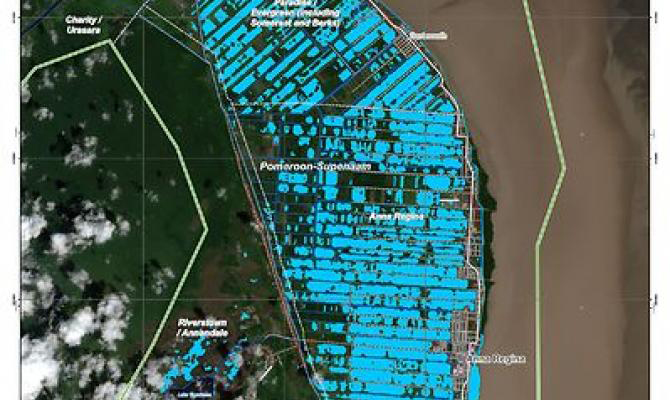New space regulation adopted, find out the news about Copernicus portfolio

date: 22/06/2021
The programme entered into force retroactively on 1 January 2021. The regulation simplifies the existing EU legal framework and governance system and standardises the security framework. It improves and brings together existing EU programmes such as Copernicus, Galileo and EGNOS under one umbrella.
DG DEFIS is the managing authority of the Copernicus Programme. The JRC, Unit E.1, is the entity entrusted for the implementation of the Copernicus Emergency Management Service (CEMS) that is operational since 2012. CEMS has constantly evolved and improved over the years and will continue to do so in the coming years. The next addition to the CEMS portfolio will be a fully automatic global flood monitoring product based on Sentinel-1 that will be integrated into the European and Global Flood Awareness Systems (EFAS and GloFAS). The release of this product is foreseen for September 2021. Furthermore, a new CEMS Exposure Mapping component will be added to the already existing On-Demand Mapping and Early Warning and Monitoring components. The Exposure Mapping component includes the production of the Global Human Settlement Layer (GHSL) that provides global information about population and built-up areas. The JRC is currently finalising a major update of GHSL. The first GHSL data produced by Copernicus will be available at the end of 2022. Another planned addition to CEMS is the Global Wildfire Information System (GWIS). GWIS is currently a joint initiative of the GEO and the Copernicus Programs and it is being developed by JRC. It is foreseen that GWIS will become a fully functional service under CEMS after 2023.
